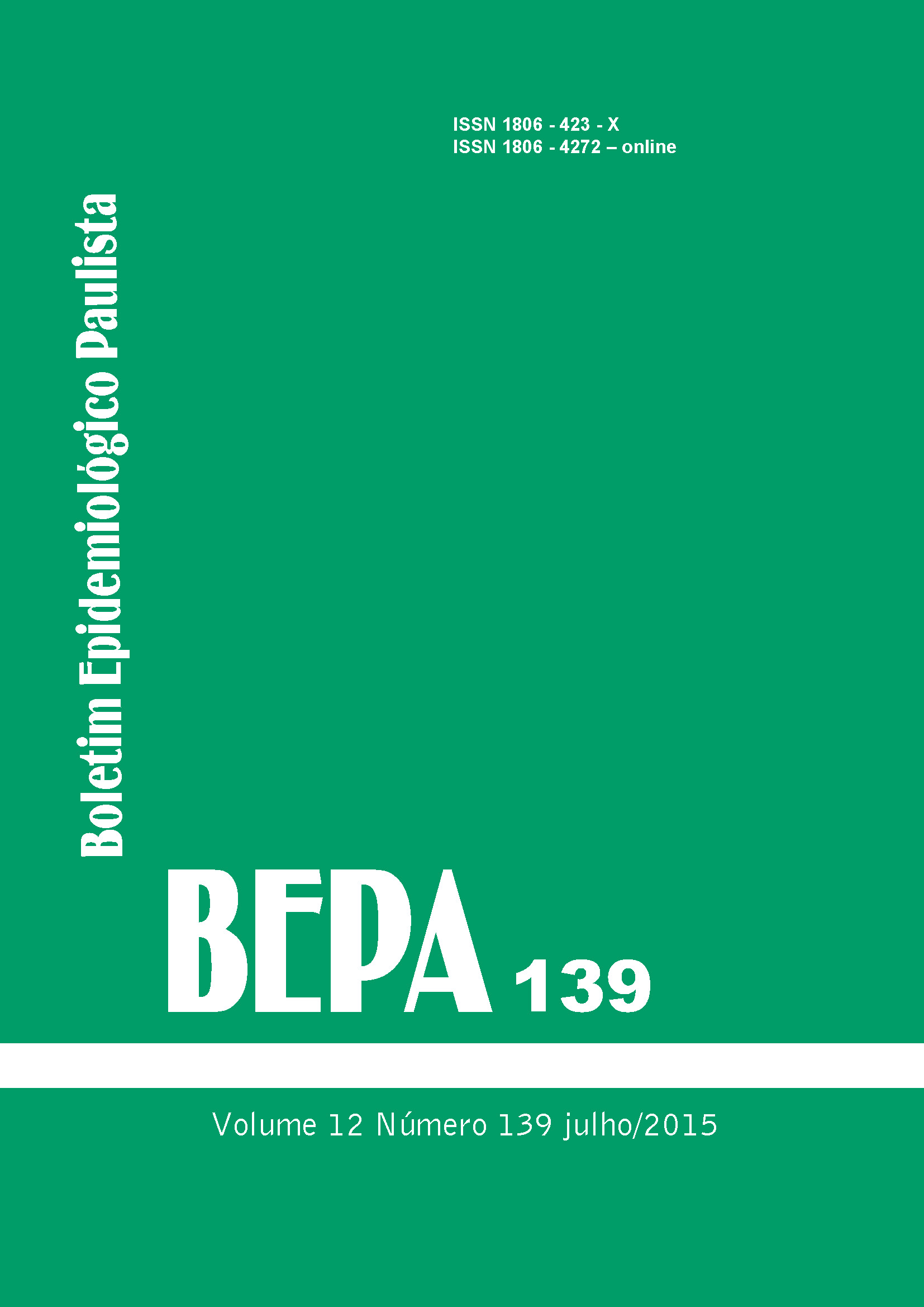Abstract
The main role of plant specimens in the life cycle of fungi is to provide organic matter to their proliferation. So, many species that cause human infection have been described in this habitat. It is important to know the natural niches of agents with pathogenic potential, allowing measures aiming prevention and prophylaxis to reduce the risk of human exposure. Among the opportunistic species, members of the genus Cryptococcus spp. are relevant, since they can cause cryptococcosis, one of the most lethal systemic mycoses nowadays. The objective of this study was to investigate the presence of Cryptococcus members in environmental niches of parks located in São Paulo city, in particular, hollow trunks of plant specimens and adjacent atmospheric air. In addition, we evaluated a new culture medium for the isolation of such agents. The study was performed with 45 trees, comprising 25 different plant species, located in five regions 5 parks located in the city. The collection of organic material removed from each hollow, and air adjacent to the specimen plant, was performed every three months during the period of one year. Two culture media were used for isolation of colonies of Cryptococcus spp.: the classic Guizzotia abssynica (niger agar) medium and a new medium, called modified Dicloran Rose Bengal (DRBCm) which showed better performance for detection of these agents. One hundred and twenty-three isolates of Cryptococcus spp. were obtained from tree hollows (111; 90.2%) and air (12; 9.8%) samples. Twenty (44.5%, 20/45) trees belonging to 19 species were positive for Cryptococcus spp. The following Cryptococcus species were found in hollow samples: C. neoformans (61.2%, 68/111), C. laurentii (30.6%, 34/111), C. albidus (2.7%, 3/111), and C. terrestris (1.8%, 2/111). Sixty-eight isolates of C. neoformans were obtained from samples of Hymenaea courbaril. Molecular identification by PCR / RFLP indicated the molecular type was VNI. One of the positive samples for C. neoformans isolates showed concomitant presence of an C. albidus isolate. In 3.6% (4/111) of isolates of hollow species identification of Cryptococcus couldn’t determine by the methods employed in the study. The results of the study indicated the occurrence of atmospheric: C. laurentii (66.8% 8/12), C. albidus (8.3%, 1/12), C. humicola (8.3%, 1/12), and C. flavescens (8.3%, 1/12). In 1 (8.3%, 1/12) isolated the species can not be identified by the methods employed. Comparing the Cryptococcus species, found in the hollow and the adjacent air, it was found that in five (50%, 5/10) occasions they were equivalent. The species C. laurentii was observed in all these 5 ocasions, which were envolved the following tree species: G. japonica, M. nictitans, E. speciosa, T. granulosa and L. japonicum. It was reported, for the first time, the occurrence of Cryptococcus species in the following plant specimens: Vochysia tucanorum; Cedrela fissilis; Astronium flaxinifolium; Rapanea umbellata; Gryobotria japonica; Machoenium nictitans; Spathodea campanulata; Plumeria rubr; Casuarina cunninghamiana and Astronium flaxinifolium, highlighting the range of environmental niches of such agents. It is concluded that contamination by Cryptococcus spp. is extensive in plant specimens located in parks in São Paulo city. The possibility of aerial dispersion of these agents were suggested. The finding of C. neoformans VNI molecular type of organic matter from Hymenaea courbaril (Jatoba) is pioneer, indicating one more potential source of infection for the most frequent agent of cryptococcosis. The finding of C. albidus along C. neoformans suggests the possibility of an epidemiological marker for the main agent of cryptococcosis. The results of this study allow us to recommend a new culture medium (DRBCm) for isolation of Cryptococcus spp. from plants. Data from this study, along with those from future research may complement the monitoring of the occurrence of agents of cryptococcosis in recreational areas of the urban population of São Paulo, and constitute subsidies for health monitoring measures to reduce the risk of public exposure to these agents opportunistic.

This work is licensed under a Creative Commons Attribution 4.0 International License.
Copyright (c) 2015 Dulcilena de Matos Castro e Silva, Marcia de Souza Carvalho Melhem (orientadora)
